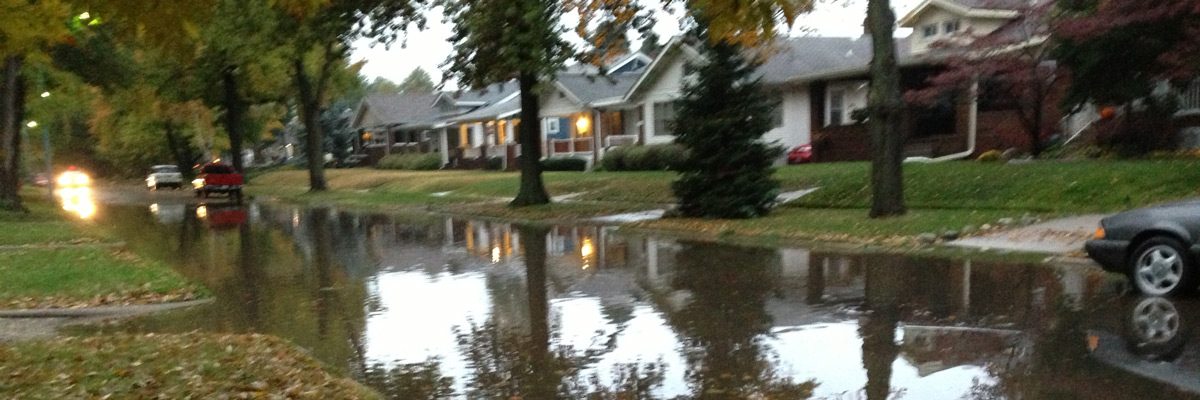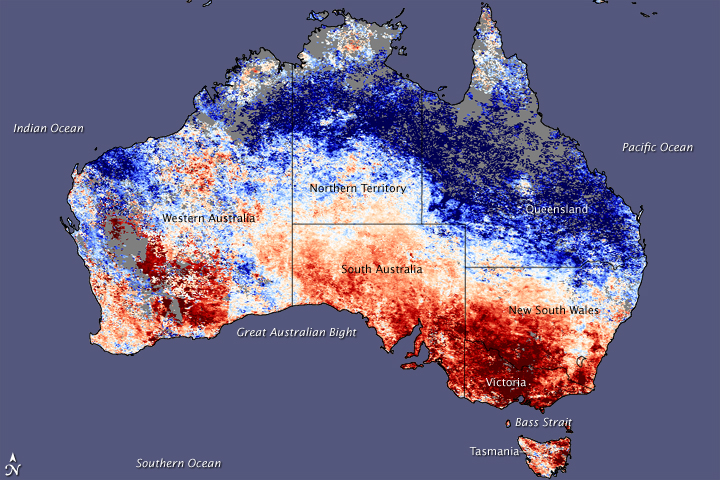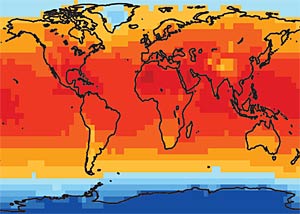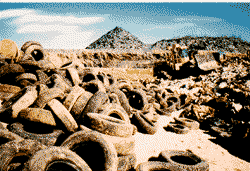I started in the anti-nuke tradition in the Prairie Alliance when I was 14 years old. We marched and protested a lot against Clinton Nuclear Power Plant. When I turned 19 some of us filed lawsuits against rate basing cost overruns. Those suits wound through the courts for years. The first one coming in against Clinton in 1978, the year I met Al at what was then Sangamon State University. The first time we talked and I told him what I was into, he laughed and said, “What does that have to do with Public Policy.” I was a Psych. student then and it kinda pissed me off. But the more we talked the more I saw that it takes Public Policy well implemented to really change how we treat the Earth. Thank God he lived to see Obama elected. God speed Al.
| Casella, Alexander J. |
|
||
 SPRINGFIELD – Alexander “Alex” Joseph Casella, 69, died Thursday, March 5, 2009, at his home in Springfield.Alex was born August 10, 1939, in Taylor, PA, the son of Alexander Joseph Casella Sr. and Josephine M. Cesare Casella. He married Thanawan Kohrianchai on July 1, 2001, in Springfield, Illinois.Alex grew up in Moosic, PA. He received a B.S. in Physics from Villanova University, an M.A. in Physics from Drexel University, and a Ph.D. in Physics from Pennsylvania State University. He began his professional career in 1961 as a Physicist for the U.S. Dept. of Defense at the Frankford Arsenal in Philadelphia. In 1969, he became a professor of Physics at Jacksonville University in Florida. Alex embarked on a 30 year career in 1973 with Sangamon State University/UIS as Professor of Environmental Studies and Physics. He became the Director of Energy Studies at SSU in 1975. From 1989-1996, Alex served as Dean of the School of Public Affairs and Administration. In 2002, he became Professor Emeritus, Environmental Studies and Physics.Alex was the producer and host of about fifty, half-hour interview shows on environment/energy issues starting in 1985. He also hosted two weekly interview shows, “Faculty Focus” and “Peace Talks.”Alex was a member of Sigma Pi Sigma, Illinois Environmental Council, American Assoc. for the Advancement of Science, Union of Concerned Scientists (IL Coordinator), Sierra Club, Charter Member of Better World Society and Worldwatch Institute. He served on numerous boards and committees, including Energy Consultants Associates, Earth Week 1990, Springfield Urban League, and Springfield Area Arts Council. He provided numerous testimonies to committees of the State of IL House and Senate in areas of Energy Policy and was the prolific author of articles, papers, lectures, and letters to the editor on numerous and sundry topics.A loyal supporter of the Democratic Party, Alex ran for Alderman of Ward 7 in 1999, victory narrowly eluding him by a mere 8%. SPRINGFIELD – Alexander “Alex” Joseph Casella, 69, died Thursday, March 5, 2009, at his home in Springfield.Alex was born August 10, 1939, in Taylor, PA, the son of Alexander Joseph Casella Sr. and Josephine M. Cesare Casella. He married Thanawan Kohrianchai on July 1, 2001, in Springfield, Illinois.Alex grew up in Moosic, PA. He received a B.S. in Physics from Villanova University, an M.A. in Physics from Drexel University, and a Ph.D. in Physics from Pennsylvania State University. He began his professional career in 1961 as a Physicist for the U.S. Dept. of Defense at the Frankford Arsenal in Philadelphia. In 1969, he became a professor of Physics at Jacksonville University in Florida. Alex embarked on a 30 year career in 1973 with Sangamon State University/UIS as Professor of Environmental Studies and Physics. He became the Director of Energy Studies at SSU in 1975. From 1989-1996, Alex served as Dean of the School of Public Affairs and Administration. In 2002, he became Professor Emeritus, Environmental Studies and Physics.Alex was the producer and host of about fifty, half-hour interview shows on environment/energy issues starting in 1985. He also hosted two weekly interview shows, “Faculty Focus” and “Peace Talks.”Alex was a member of Sigma Pi Sigma, Illinois Environmental Council, American Assoc. for the Advancement of Science, Union of Concerned Scientists (IL Coordinator), Sierra Club, Charter Member of Better World Society and Worldwatch Institute. He served on numerous boards and committees, including Energy Consultants Associates, Earth Week 1990, Springfield Urban League, and Springfield Area Arts Council. He provided numerous testimonies to committees of the State of IL House and Senate in areas of Energy Policy and was the prolific author of articles, papers, lectures, and letters to the editor on numerous and sundry topics.A loyal supporter of the Democratic Party, Alex ran for Alderman of Ward 7 in 1999, victory narrowly eluding him by a mere 8%.
Among Alex’s great and varied interests was a love of photography, gardening, debunking myths with science, movies, the ocean, playing with his grandson, Italian food, sports and writing. He loved the performing arts, and even acted in One Flew Over the Cuckoo’s Nest and Of Mice And Men at the Springfield Theatre Center. Alex’s generous spirit, sympathetic ear, and pragmatic advice touched many people along his way. His children brought him great joy. He was very proud of his grandson, Jonah, and newly smitten with his baby granddaughter, Virginia. Alex also loved traveling and meeting new people. He traveled extensively throughout Europe, Asia, and the United States. It was during one notable trip to Bangkok in the fall of 2000 that he met and fell in love with Thanawan Kohrianchai. Alex was preceded in death by his parents and by his sister, Cynthia Norton. Alex is survived by his wife, Thanawan; son, Christopher, Hermosa Beach, CA; daughter, Lara Parkes (husband, Michael), Springfield; grandson, Jonah; granddaughter, Virginia; nephew, Thomas Norton; nieces, Mary Jo Christiansen and Cynthia Warren; great-nieces and nephews, all of New Jersey. Memorial service will be held from 5:00-7:00 p.m., Monday, March 16th at Kirlin-Egan & Butler Funeral Home, 900 S. 6th St., Springfield. Memories will be shared at 7:00 p.m. Memorial contributions may be made to the Christian Children’s Fund, 2821 Emerywood Pkwy, Richmond, VA 23294, World Wildlife Fund, 1250 24th St., NW, PO Box 97180, Washington, D.C. 20090, Pattaya Orphanage Trust, www.thaichildrenstrust.org, or the charity of one’s choice. Father, Husband, Teacher, Friend: Alex, we will miss you. Please visit Alex’s online life story at www.butlerfuneralhomes.com to offer your condolences. |
|||
| Published in The State Journal-Register on 3/14/2009 | |||








 Febuary
Febuary


